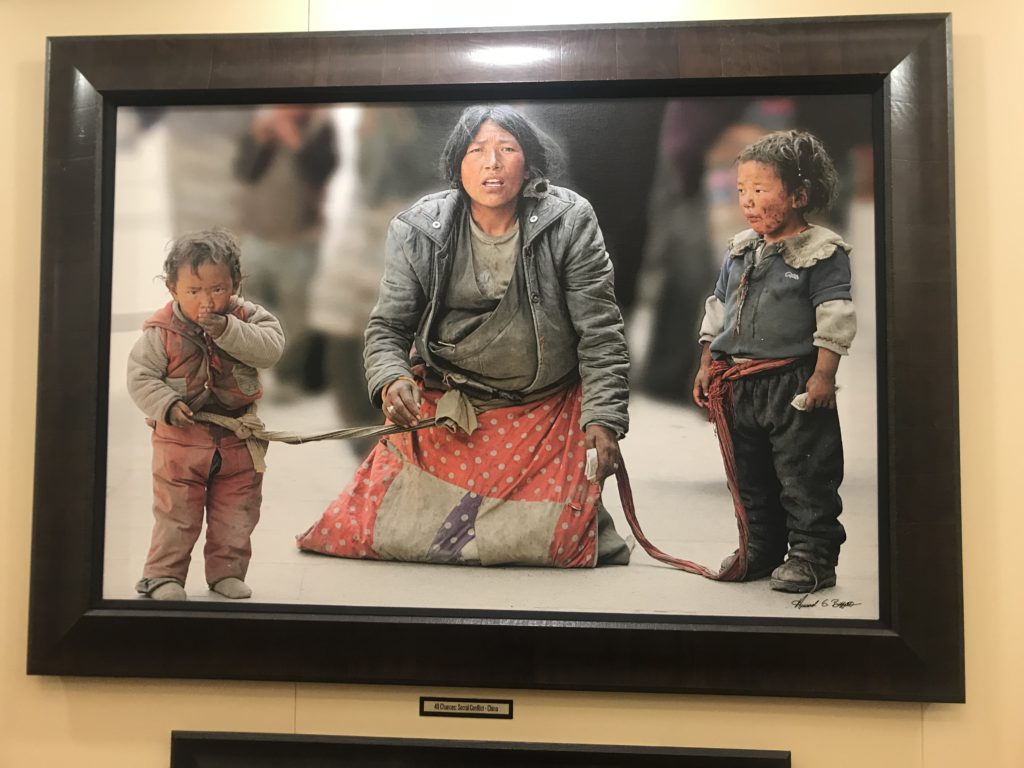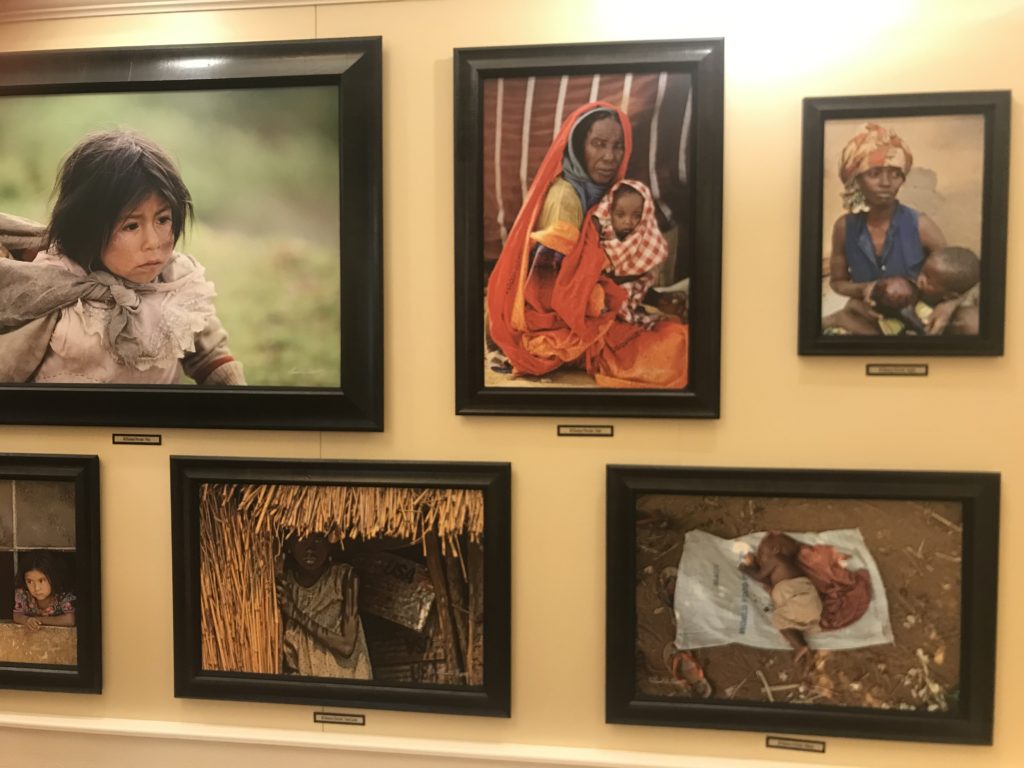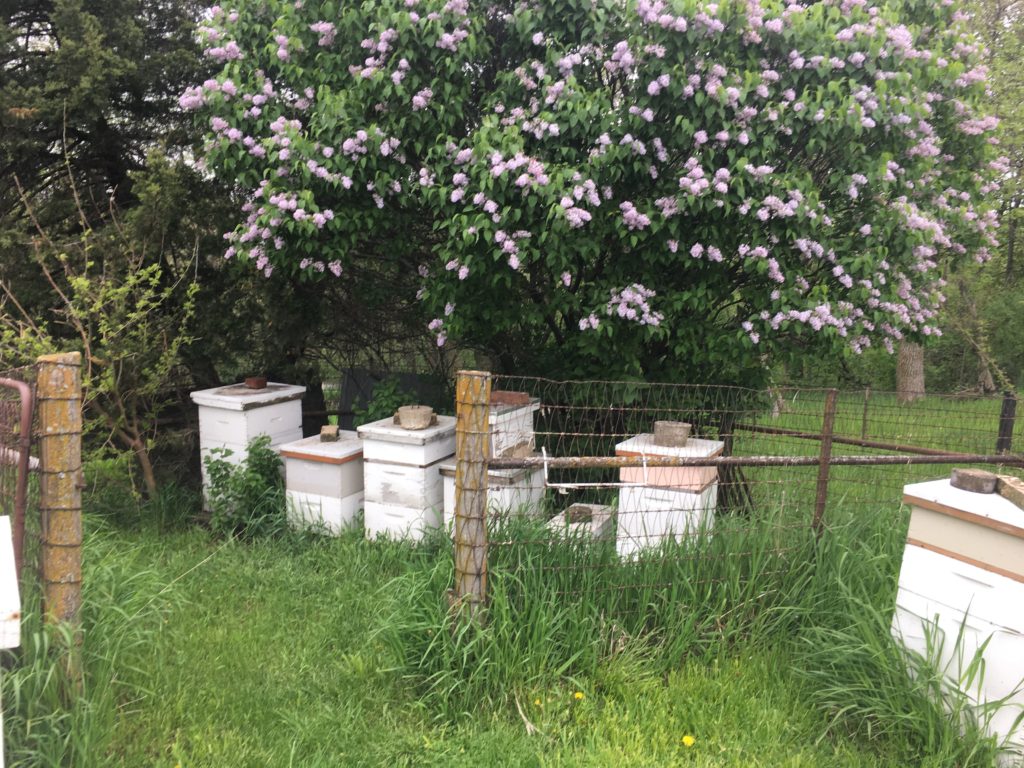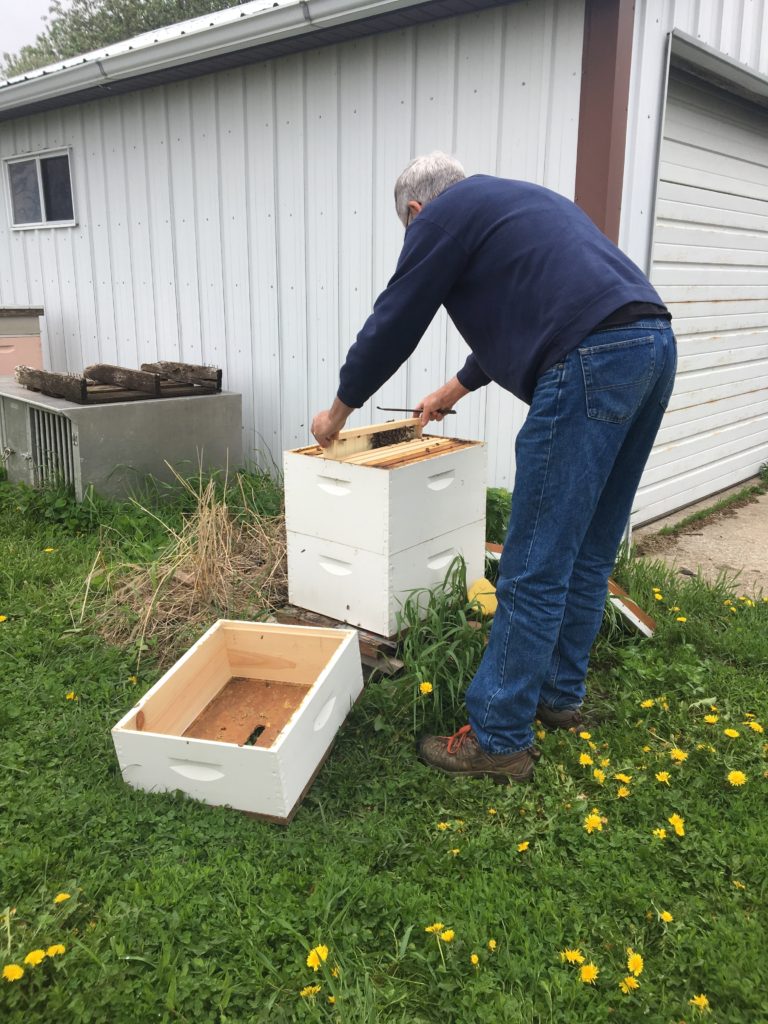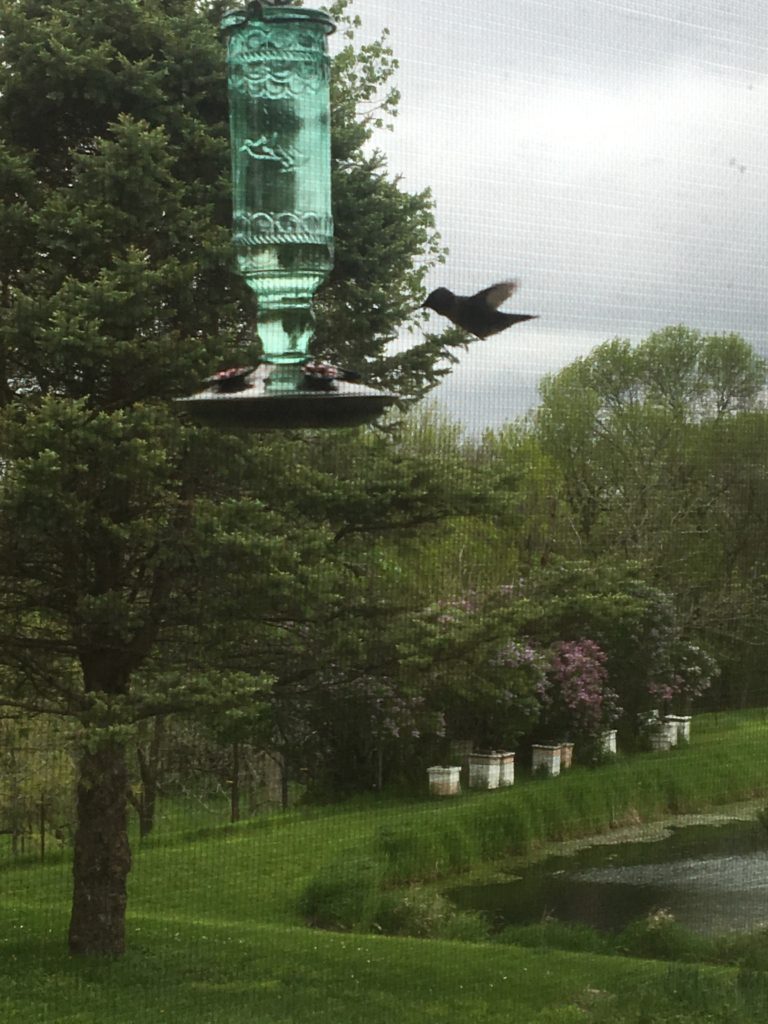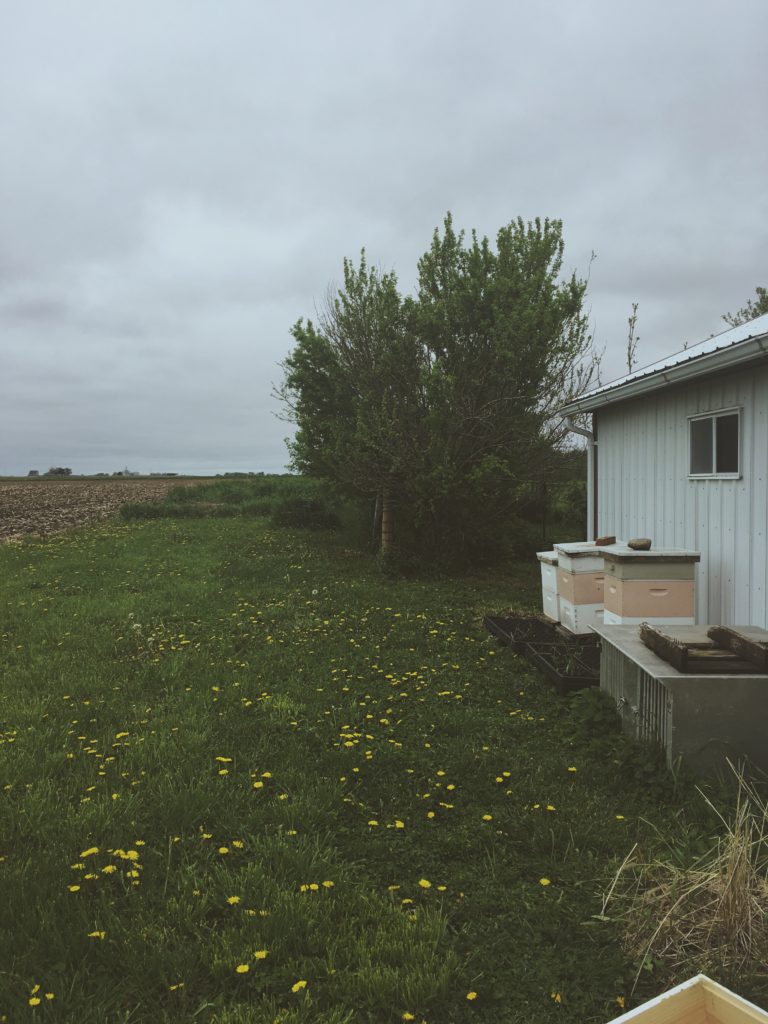Today has been full of presentations, three to be exact. As well as a meeting with the president of Des Moines University, who is a Furman Alumni. The theme of the day was commodity crops. As a result, we visited Corteva, the Iowa Soybean Association, and the Iowa Corn Growers. Each place we visited told a completely different narrative.
In the morning, we met with Dr. Kevin Diehl. Kevin works for Conteva which is an AgriScience company that genetically modifies seeds to withstand different conditions and provide specific desired traits. It was the largest company we saw today, and since we’ve been on the trip. The company is mostly interested in the productivity of corn, how much they can squeeze into the smallest amount of land and how they improve the yield of the corn . Conteva is very profit driven, and they are critical of most regulations in agriculture. Kevin Deihl specifically discussed that he believes that regulations are an unnecessary hindrance to science, and the people often regulating do not understand the science behind the GMOs. I am not strongly for or against GMO’s, but I am strong against an operation the size of Corteva. Who, by the way, is in the end stages of a merger which brought together Dow and Dupont Chemical companies.
I asked Kevin what he thought the future of the company was and he said they are planning more improvements for corn and soy in the future. This means that the company does not plan to diversify the crops they provide to people. This is huge because of the amount of influence a company like Corteva can have on the market and eventually our diet. They stressed that farmers have a choice to use their products or not. Diehl’s perspective was that Corteva offered many kinds of products suited to their customers, but the variations was on the corn and soy theme. The real issue is whether farmers have a choice to plant corn or soybeans. Given the Farm Bill’s insurance coverage for soy and corn, a farmer would have to undertake a much larger amount of risk to plant anything else. Why would a farmer, whose livelihood depends on the success of their crop, deviate from the insured corn or soy? So, what choice do they really have? A small one: corn or soy.
After Corteva, we went to the Iowa Soybean Association where we met Michael Dolch, Karey Cleghorn, Grant Kimberley, and Chris Hall. The group works with soybean farmers. The group had a lot of interesting things to say about the trade war with China and how it has affected the soybean market. Our next stop, which was BACK in Johnston, was with Rod Williamson and Kevin Studer, of the Iowa Corn Growers Association (there are a LOT of Kevin’s in Iowa). The corn growers were also concerned about our relations with China. They seemed a little upset that the government did not give more money to corn growers when the trade war affected their sales.
My impression of the soy and corn associations is that they are kind of fraternities for farmers that grow the same crop, hence the title. While the idea is nice in that it gives a farmer a platform to express their concerns about some the farming industry, I think that it can also alter the individual farmers opinion based on the agenda of the association. A farmer can be in more than one association, so if they grow corn and soy beans they are likely to be in both.
To bring our day to an end, we visited Des Moines University where a Furman graduate, Dr. Angela Franklin, is the president of the university. I thought it was so cool that someone who graduated from Furman is now in such a prominent role. It goes to show what amazing places Furman can take you if you take advantage (the FURMAN Advantage) of all of the things our school has to offer.
To synthesize the day in a sentence: things are beginning to get very political. Every Iowan, as an individual and as a company, seems to have a different opinion that derives from a different point of view that seeks to accomplish a different goal. Who knew there could be so many opinions about two seeds? Who the heck gave those two seeds this much power across so many sectors? King Corn was very appropriately titled.

